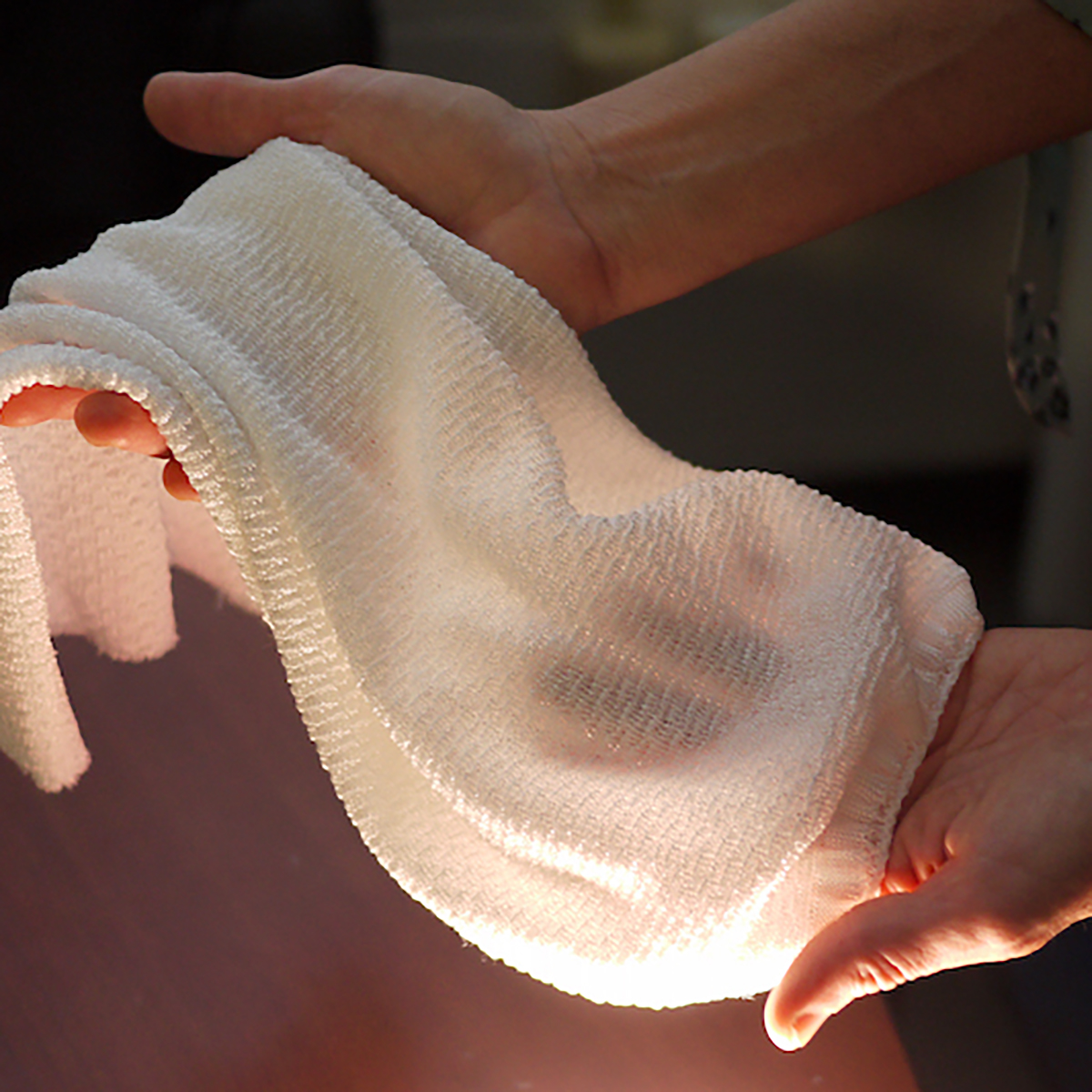Nano-textiles: T-Shirts that Control Body Odor and Temperature

During the Olympic Games in Brazil, an uninvited guest stole the spotlight—the Zika virus, transmitted, just like malaria, by mosquito bite. There is an ongoing war against this type of diseases and technology, as usual, is providing new tools. In this case, instead of resorting to antiviral drugs, a barrier closer to the skin will be put into place—garments, although with the aid of nanotechnology. A Brazilian company has developed a new technology with nanoparticles that provide clothes with a wide range of applications. From reflecting solar radiation to removing odor-inducing microbes and releasing repellents and insecticides.
Nanox, such is the name of the company, has created a range of nanoparticles based on inorganic materials. For instance, silver, zinc, and copper, which are antibacterial and antimicrobial, are used to control body odor. With regards to solar protection, nanoparticles shaped as glass microspheres with a zinc oxide, aluminum or titanium coating are used as tiny mirrors that reflect solar rays. Nanotechnology tests carried out with them show a 65% reduction of the heat transfer to the fabric in wavelengths between 500 and 4,000 nanometers. In the real world, this means up to 6.5 C degrees less for the wearer. Functional fabrics had so far proved efficient for ultraviolet radiation, but this new generation of smart materials with nanotechnology can also reduce infrared radiation.
Both fabrics will be especially useful in warm climates, where sweat and disease-transmitting insects are far more common. Besides their use in everyday clothing, these nanoparticles can also be applied to work outfits, bed clothing or house curtains, substantially multiplying their applications. Nanotechnology garments will reach the market in the summer of 2020 and, purportedly, offer increased resistance and durability, maintaining their properties over more wash cycles.

Smart clothing to cool down (or warm-up)
Researchers at the University of Maryland have focused on the development of an innovative fabric that not only dissipates heat during the summer but also preserves it in the winter. In other words, a new material that will allow our clothes to adapt to environmental conditions. Its creators have also harnessed the properties of nanotechnology, although by using triacetate and cellulose bimorph fibers coated with thin carbon nanotubes (CNTs). Both fibers attract and repel water, which means that they collapse into a bundle when placed in a hot and humid environment. When this happens, the carbon nanotubes come closer, which induces an electromagnetic coupling and boosts their ability to dissipate heat, also known as emissivity. Conversely, when the temperatures are lower, the fibers expand and prevent heat dissipation.
The inventors of this new nanotechnology fabric compare it to a “blind” that allows infrared radiation to pass through or blocks it according to room temperature. They also point out that the effect is almost instantaneous as the fibers expand or shrink even before the wearer notices a change in temperature.
Source: Amazings, Physics World
Photo: Faye Levine, University of Maryland

